Cooking a hearty lamb stew can be a delightful culinary endeavor, offering a rich, flavorful dish that warms the soul and satisfies the appetite. However, one common challenge many home cooks face is dealing with tough lamb meat that seems to resist becoming tender, no matter how long it simmers. Lamb stew should be fork-tender, melting in your mouth with each bite, but achieving this perfection can sometimes feel like an elusive goal. If you’ve ever found yourself wondering, “What do I do when my lamb stew won’t cook through?” this article is for you. We’ll explore various techniques and tips to ensure your lamb stew turns out perfectly tender every time.
Understanding Lamb Quality and Cut
Before diving into the solutions, it’s crucial to understand the basics of lamb quality and the cuts best suited for stewing. Lamb meat can vary greatly in texture and flavor based on the age and breed of the animal, as well as the specific cut used. Younger animals generally have more tender meat, while older animals can be tougher. For stewing, it’s ideal to choose cuts from the shoulder, breast, or leg, as these areas contain more connective tissue and fat, which break down during slow cooking to create a tender, flavorful dish.
Pre-Cooking Preparation: The Key to Tenderness
-
Trimming and Marinating:
Begin by trimming any excess fat from your lamb pieces. While some fat is beneficial for flavor and moisture, too much can make the stew greasy. Next, consider marinating your lamb. A marinade can consist of acidic ingredients like vinegar, lemon juice, or wine, combined with aromatic spices and herbs such as rosemary, thyme, garlic, and onions. Acidic marinades help tenderize the meat by breaking down proteins and fibers. Marinate for at least a few hours or overnight in the refrigerator for maximum effect.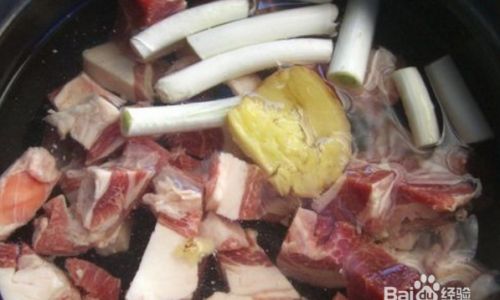
-
Searing the Meat:
Before adding your lamb to the stew pot, sear it in a hot pan with a bit of oil until browned on all sides. This not only locks in juices and adds flavor but also creates a caramelized surface that enhances the stew’s overall taste. Searing also helps to develop a rich, flavorful broth as the meat’s natural juices and proteins release and mix with the cooking liquid.
Cooking Techniques for Tender Lamb Stew
-
Low and Slow: The Golden Rule of Stewing
The most fundamental principle of making tender lamb stew is to cook it low and slow. This method allows the collagen and connective tissues in the meat to break down gradually, resulting in tender, succulent pieces. Use a heavy-bottomed pot or Dutch oven to retain heat evenly and prevent scorching. Aim for a gentle simmer rather than a rolling boil, as boiling can cause the meat to toughen up. -
Liquid and Aromatics:
The liquid you use for stewing is equally important. Broth, stock, wine, or even beer can add depth of flavor. Be generous with the liquid, as it will reduce during cooking. Add aromatic vegetables like carrots, celery, and onions, which not only flavor the stew but also contribute to its overall texture by breaking down and thickening the broth.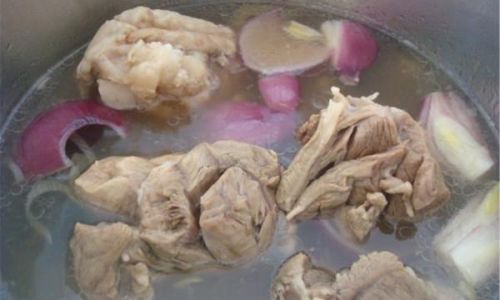
-
Acid and Enzymes:
Incorporating acidic ingredients like tomatoes, vinegar, or wine not only enhances flavor but also helps tenderize the meat. Acids break down proteins, making the meat more tender. Additionally, some fruits and vegetables, such as papaya and pineapple, contain natural enzymes that tenderize meat. While these might not be traditional stew ingredients, a small amount of pureed papaya or pineapple added to the stew can work wonders. -
Using a Pressure Cooker or Slow Cooker:
Modern kitchen appliances like pressure cookers and slow cookers offer convenient ways to achieve tender lamb stew without constant attention. Pressure cookers work by raising the cooking temperature and pressure, which significantly reduces cooking time while still allowing the meat to become tender. Slow cookers, on the other hand, maintain a low, consistent temperature over an extended period, perfect for breaking down tough cuts of meat.
Troubleshooting Common Issues
-
Tough Meat Despite Long Cooking:
If your lamb stew is still tough after several hours of cooking, it might be due to the cut of meat or cooking method. Ensure you’re using the right cut for stewing and that you’ve followed the low-and-slow rule. Consider transferring the stew to a pressure cooker for a faster tenderizing process or adding more acidic ingredients to help break down the meat fibers.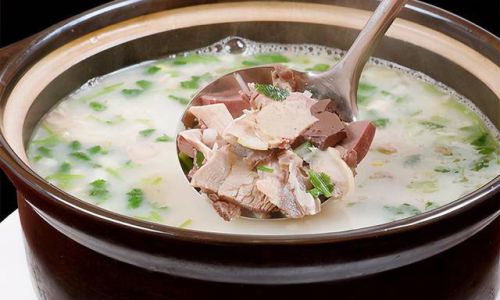
-
Dry Stew:
If your stew is too dry, it might be because too much liquid has evaporated. Add more broth or stock during cooking if needed. Also, ensure your pot isn’t uncovered for too long, as this will cause excessive evaporation. -
Overcooked Stew:
Conversely, if your stew is mushy and falling apart, it’s likely overcooked. Monitor cooking time closely and adjust based on the texture of the meat. Lamb stew should be tender but still hold its shape.
Final Touches and Serving Suggestions
Once your lamb stew is perfectly tender, it’s time to add the finishing touches. Taste and adjust the seasoning with salt and pepper. Fresh herbs like parsley, chives, or thyme can brighten up the flavors. Consider serving your stew with crusty bread for sopping up the delicious juices, or over a bed of creamy mashed potatoes for a hearty meal.
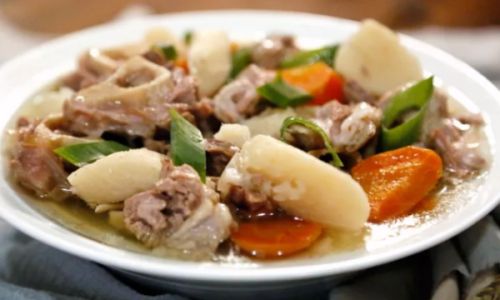
In conclusion, achieving tender lamb stew doesn’t have to be a challenge. By understanding the right cuts of meat, using effective marinades, searing the meat properly, and cooking low and slow with the right ingredients and tools, you can transform tough lamb into a tender, flavorful masterpiece. With patience, the right techniques, and a bit of culinary creativity, your lamb stew will be the highlight of any meal, leaving your guests satisfied and asking for seconds. Happy stewing!
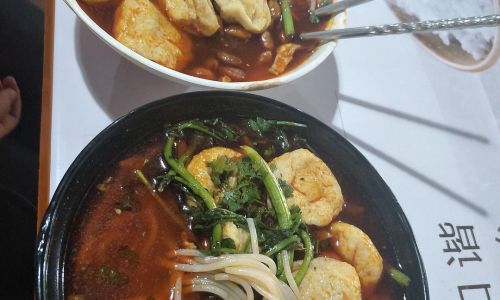
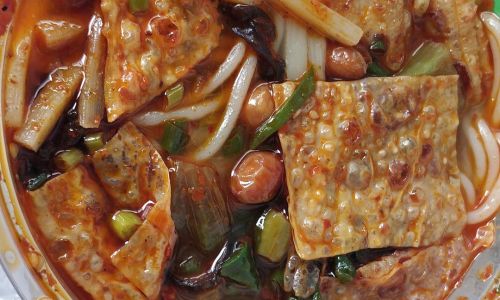

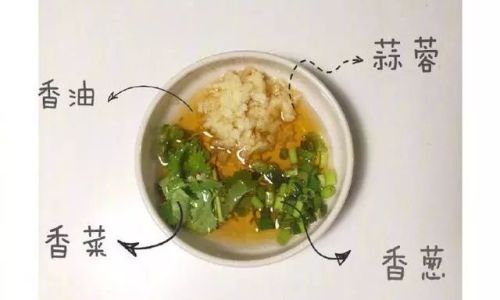
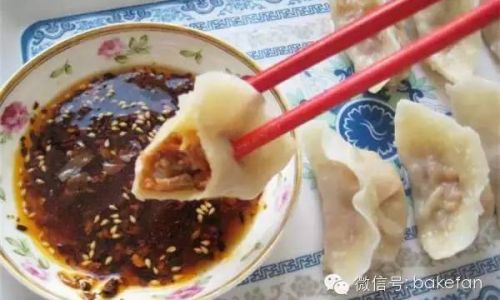
0 comments